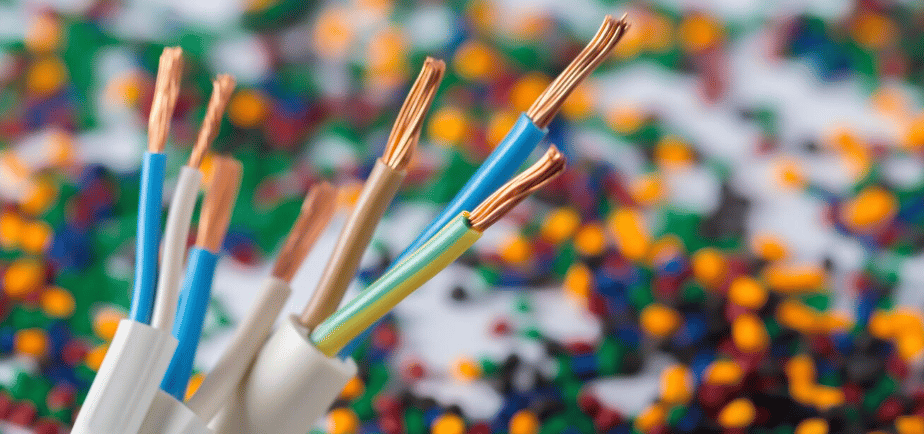The Benefits of Robotics Cable in Heavy Duty Automation Systems
Heavy-duty automation systems require exceptional reliability and performance from every component
7/18/20253 min read


Heavy-duty automation systems require exceptional reliability and performance from every component, with robotics cables serving as the critical foundation that enables seamless operations across industrial applications. These specialized cables must deliver consistent power transmission, data communication, and signal integrity while enduring millions of bend cycles in demanding manufacturing environments. The growing robotic cable wholesale market reflects increasing industry recognition that superior cable solutions directly impact production efficiency and operational costs. Partnering with an established robotics cable manufacturer ensures access to cutting-edge designs that meet ISO 10218 standards for collaborative robots and automated systems, featuring ultra-fine stranded oxygen-free copper conductors and specialized PUR outer sheaths that resist mechanical stress and chemical exposure.
Table of contents:
Extending Service Life: Prevention of Wear and Tear on Robotic Cable
Enhancing Precision: How Robotics Cable Improves Motion Accuracy
Savings on Maintenance and Downtime for Bulk Robotics Cable Installations
Extending Service Life: Prevention of Wear and Tear on Robotic Cable
Superior robotics cables significantly extend operational lifespans through advanced construction techniques that prevent premature wear and failure in heavy-duty applications. Ultra-fine stranded oxygen-free copper conductors complying with VDE0295 CLASS 5 standards maintain electrical integrity during continuous flexing cycles that would damage conventional cables. The specialized conductor design distributes mechanical stress evenly across multiple wire strands, preventing individual wire breakage that leads to signal degradation and system failures. Advanced insulation materials like polyurethane (PUR) provide exceptional resistance to mechanical stress, oils, and temperature fluctuations commonly encountered in industrial environments. The robust outer sheath construction protects internal components from abrasion, cuts, and chemical exposure while maintaining flexibility characteristics essential for robotic applications. This combination of materials and construction techniques enables cables to withstand millions of bend cycles without performance degradation, translating directly into reduced replacement costs and improved production line reliability for manufacturers operating continuous automation systems.
Enhancing Precision: How Robotics Cable Improves Motion Accuracy
High-quality robotics cables play a crucial role in maintaining precise motion control by delivering consistent signal transmission and minimizing electromagnetic interference in automated systems. The specialized shielding configurations protect sensitive data and control signals from external interference that could compromise positional accuracy and system performance. Advanced conductor materials ensure minimal signal loss during transmission, enabling precise communication between controllers and robotic actuators across extended cable runs. The superior flexibility characteristics of these cables eliminate binding and resistance during movement, allowing robotic systems to achieve smooth, accurate positioning without mechanical constraints. Temperature stability features ensure consistent electrical properties across varying environmental conditions, maintaining calibration accuracy in both cold storage facilities and high-temperature manufacturing processes. The combination of these performance characteristics enables manufacturers to achieve tighter tolerances and improved product quality while reducing waste and rework costs associated with positioning errors in automated production lines.
Savings on Maintenance and Downtime for Bulk Robotics Cable Installations
Implementing high-quality robotics cables in bulk installations delivers substantial cost savings through reduced maintenance requirements and minimized unplanned downtime events. The exceptional durability of these cables significantly extends service intervals, allowing maintenance teams to focus on preventive activities rather than emergency repairs. Advanced cable construction techniques resist common failure modes such as conductor fatigue, insulation breakdown, and sheath damage that plague conventional cables in heavy-duty applications. The standardized color coding systems following IEC60227 standards facilitate rapid identification and replacement procedures, reducing diagnostic time and maintenance labor costs. Chemical resistance properties protect cables from exposure to industrial lubricants, cleaning agents, and processing fluids, eliminating premature failures that disrupt production schedules. The reliability improvements achieved through quality cable installations enable manufacturers to implement predictive maintenance strategies, optimizing resource allocation and minimizing unexpected production interruptions that impact delivery commitments and customer satisfaction.
The strategic implementation of high-quality robotics cables in heavy-duty automation systems delivers measurable improvements in operational efficiency, cost management, and safety performance. These specialized cables represent a fundamental investment in manufacturing reliability that supports long-term competitive advantage through reduced downtime, enhanced precision, and improved safety standards. Success in automation initiatives depends on recognizing that superior cable solutions form the foundation for achieving optimal system performance and operational excellence.
